According to a NOAA forecast model, the first three CMEs could merge for form a "Cannibal CME." Cannibal CMEs form when fast-moving CMEs overtake and gobble up slower CMEs in front of them. Internal shock waves created by such CME collisions do an good job sparking geomagnetic storms when they strike Earth's magnetic field.
The Cannibal CME is expected to arrive on May 11th. It alone could spark a strong (G3) geomagnetic storm. With two more CMEs following close behind, storm levels could become extreme (G4), sparking auroras at mid- to low-latitudes across Europe and the USA.
https://spaceweather.com/


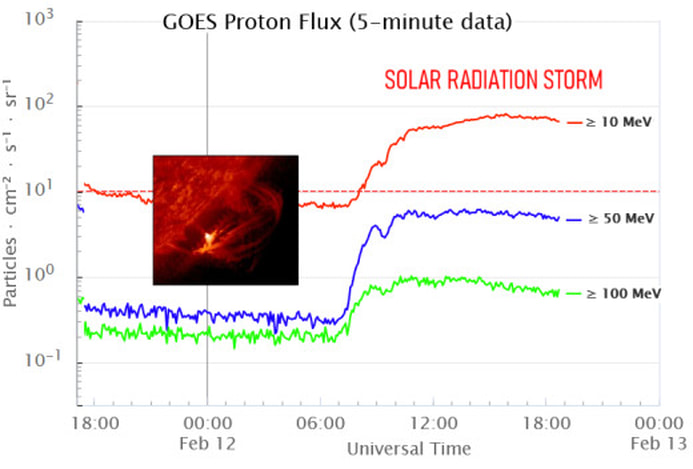
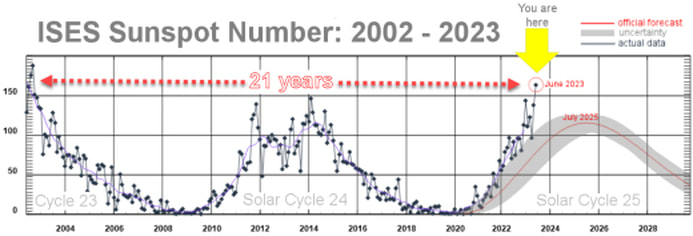
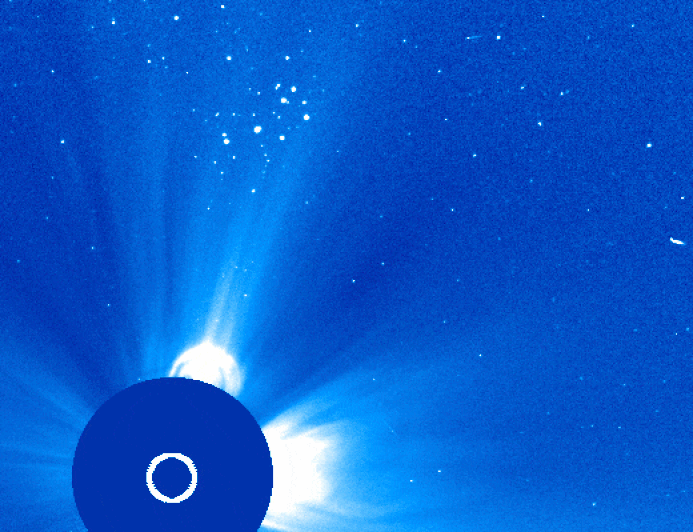
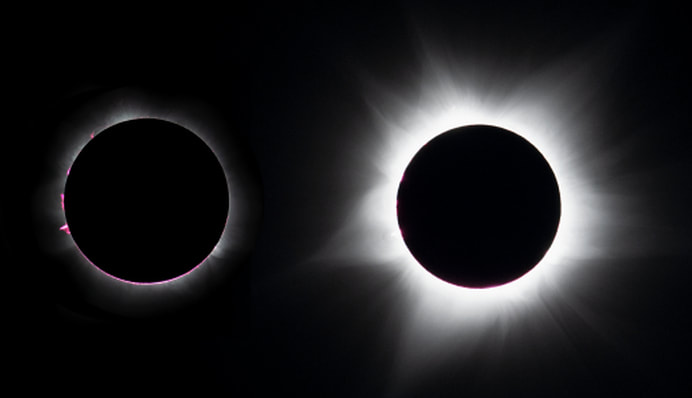
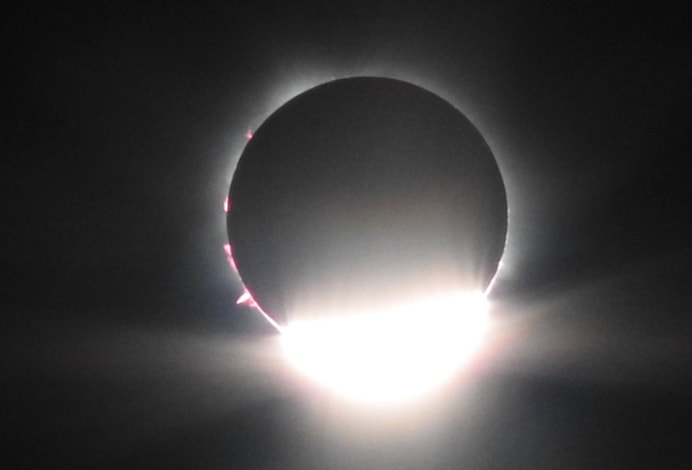
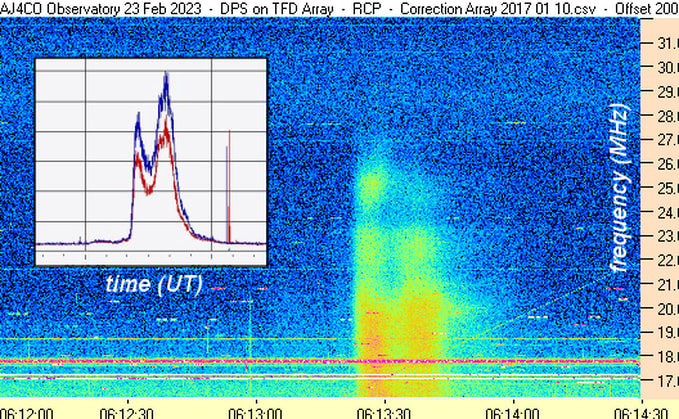
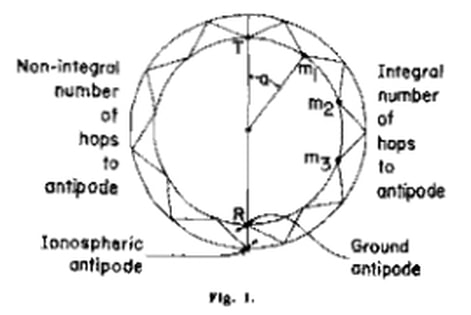
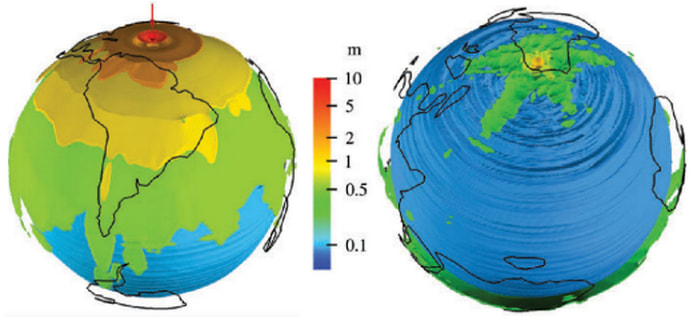


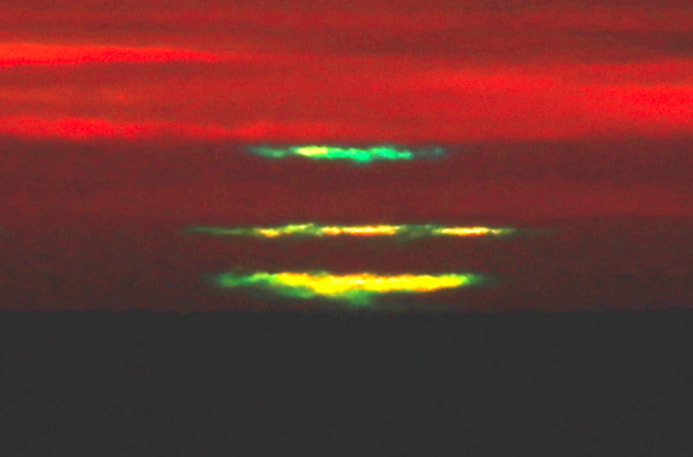
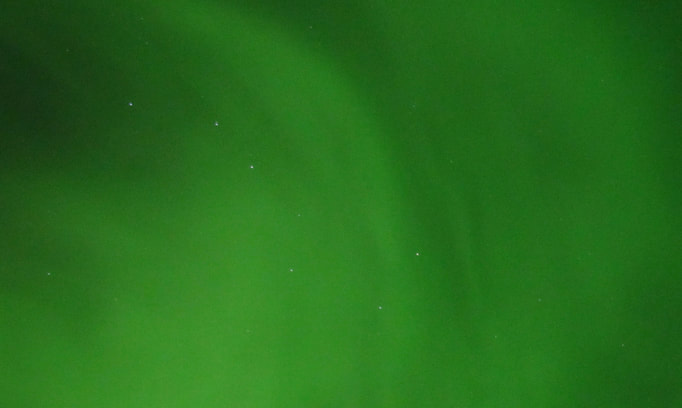
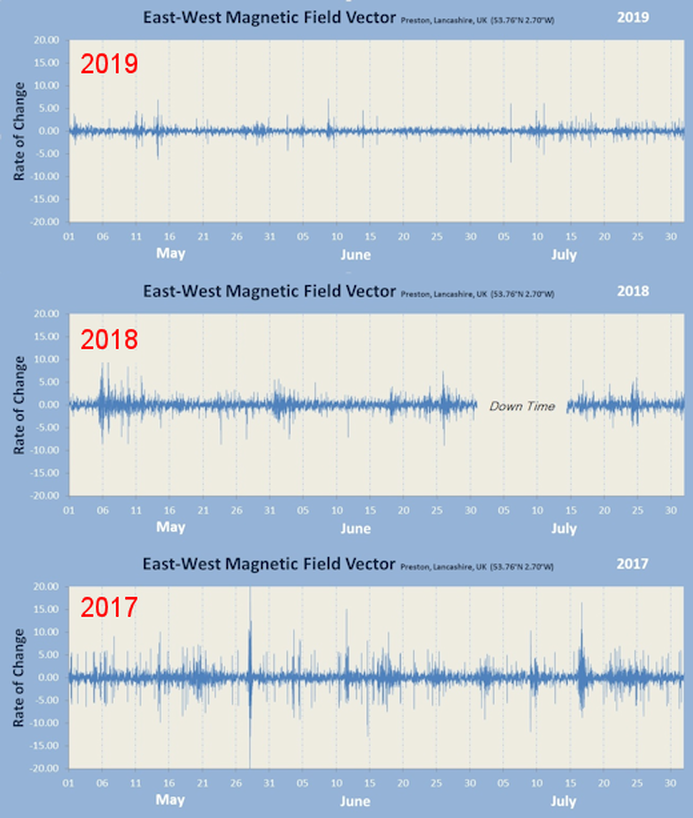
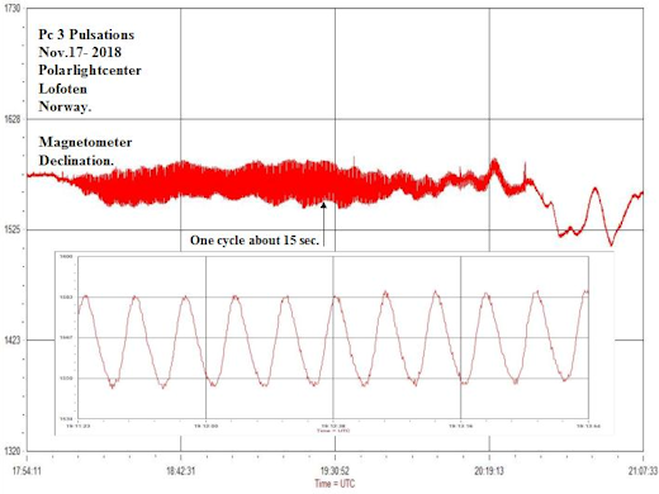
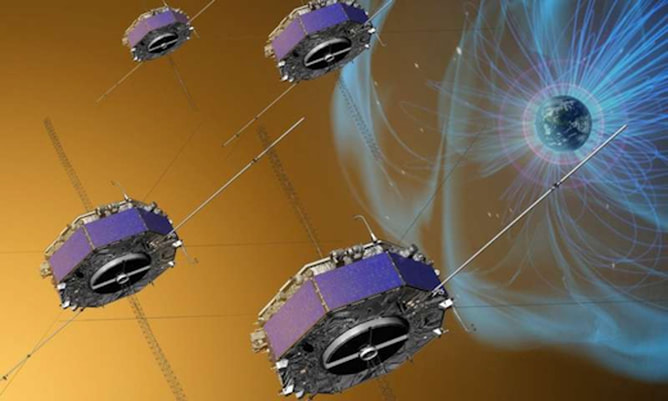
 RSS Feed
RSS Feed